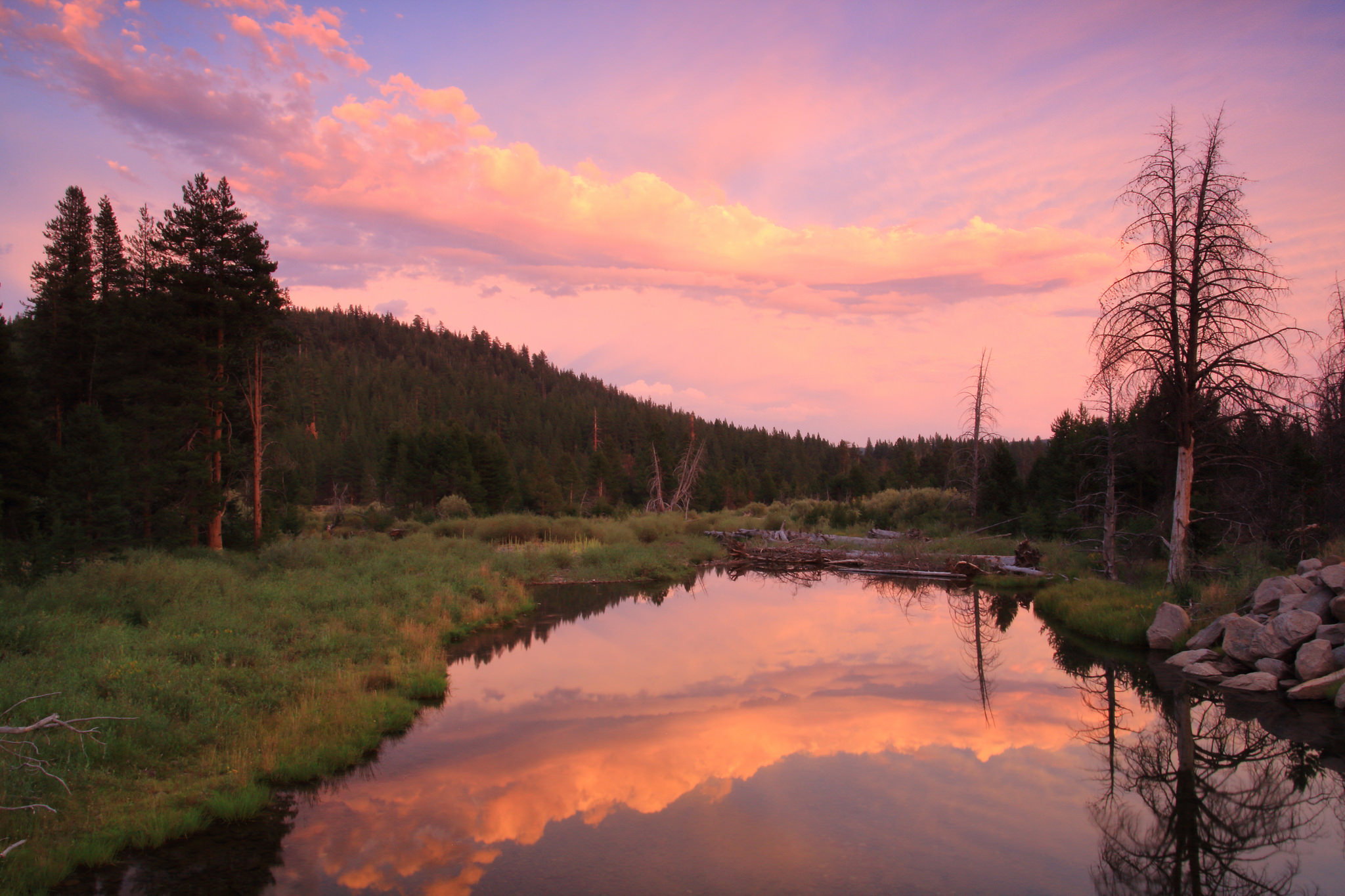The Connection Between Healthy Forests and Clean Water
Forests are important ecosystems that provide a wide range of benefits for people and the environment. One of the most important benefits of forests is their role in providing clean water for drinking, agriculture, wildlife, and recreation—acting as natural water filters, removing pollutants and other impurities before they reach streams, rivers, and other water sources.
The collaboration between the NWTF, USDA Forest Service, and the California Deer Association on the timber transport pilot in Northern California’s Klamath National Forest will reduce the risk of wildfires by fostering a forest ecosystem that can better survive them. By creating a forest that can withstand wildfires, it will reduce the risk of catastrophic wildfires, which can lead to increased sedimentation, decreased filtration, and degraded soil health, ultimately compromising water quality. By promoting a healthy forest ecosystem, we can ensure that our watersheds continue to provide clean and reliable water for wildlife and our communities for years to come.
Wildfire events not only have a short-term impact on water quality during the active burning period but also have the potential to negatively affect it for months or even years after the fire has been contained.
When high-intensity wildfires are active, they can have harmful effects on water quality by depositing ash and other contaminants on streams, lakes and water reservoirs, leading to the pollution of drinking water and recreational areas. This can make it challenging and costly to provide safe drinking water to nearby communities. Additionally, in the aftermath of a significant wildfire, rain and runoff can mobilize ash, sediment, and other contaminants from the burn area and transport them to water sources away from the original burn area.
In addition, there are also many detrimental long-term impacts on water quality and quantity. When a wildfire occurs, vegetation that is responsible for retaining water and holding soil in place is often destroyed. This can lead to erosion and flooding, particularly in areas where the fire has been particularly intense. The absence of vegetation in the watershed can also reduce the overall amount of water absorbed into the soil, leading to changes in streamflow and water availability. This is particularly problematic in regions that rely on water from the affected watershed for drinking, agriculture, or other purposes, such as the Klamath National Forest.
The health of our national forests plays a vital role in the condition of our water, especially in California. The forests act as a source, filter, and regulator of water from upper watersheds to provide clean water to communities, wildlife habitats and industries that rely on it.
The Forest Service reports that the Klamath National Forest contributes approximately 995 billion gallons of water annually. This water is a critical resource for communities, agriculture, and industries in California, highlighting the importance of the work of the NWTF and its partners.
“The NWTF recognizes the strong relationship between healthy forests and healthy watersheds in providing clean, high-quality water supplies for people, places and wild turkeys is a key conservation priority,” said Travis Smith, NWTF's Western Water Specialist.
These benefits highlight the significance of ongoing projects within the 20-year national master stewardship agreement. To learn more about the NWTF's efforts to address urgent conservation issues in the United States, you can read about America's Big Six here.
